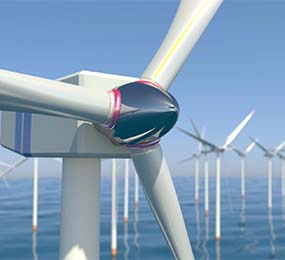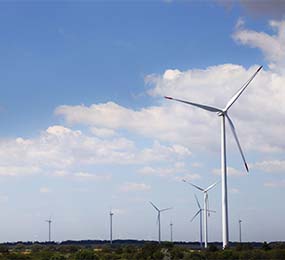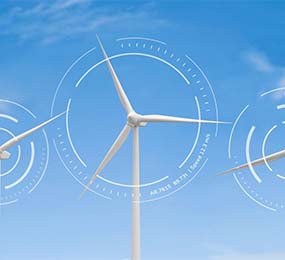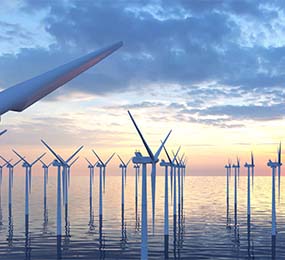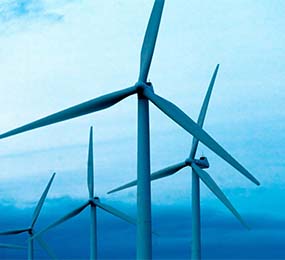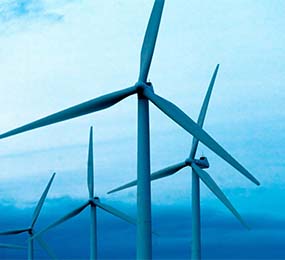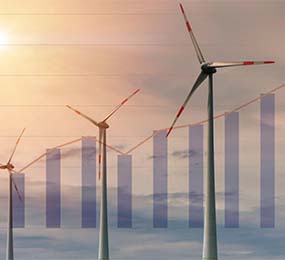Wind Blade Design: Balancing Performance and Recyclability
Wind turbine blades, crucial components of wind energy generation, have undergone significant advancements in recent years. However, their disposal poses a significant environmental challenge due to their large size and complex composite materials. To address this issue, the focus has shifted towards designing wind blades that prioritize both performance and recyclability.
One approach is to employ more recyclable materials. Traditional blades primarily consist of fiberglass and resin, which are difficult to recycle. By incorporating bio-based materials like flax or hemp, or recycled plastics, manufacturers can enhance the recyclability of blades. These materials offer comparable performance while being more amenable to recycling processes.
Another strategy is to design blades for easier disassembly. By using modular components or quick-release connections, blades can be broken down into smaller, more manageable parts. This facilitates recycling and reduces the overall waste stream. Additionally, innovative blade designs can incorporate features that improve their recyclability, such as using materials with distinct melting points or adding separation layers.
Furthermore, advancements in recycling technologies are crucial for wind blade sustainability. Developing efficient processes to separate and recover valuable materials from blades is essential. This includes techniques like mechanical shredding, chemical treatment, and pyrolysis. By investing in research and development, the recycling industry can overcome the challenges associated with wind blade disposal and create a circular economy for these components.
Visit our website to know more: https://www.leadventgrp.com/events/2nd-annual-wind-blade-materials-and-recycling-forum/details
For more information and group participation, contact us: [email protected]
Leadvent Group - Industry Leading Events for Business Leaders!
www.leadventgrp.com| [email protected]


